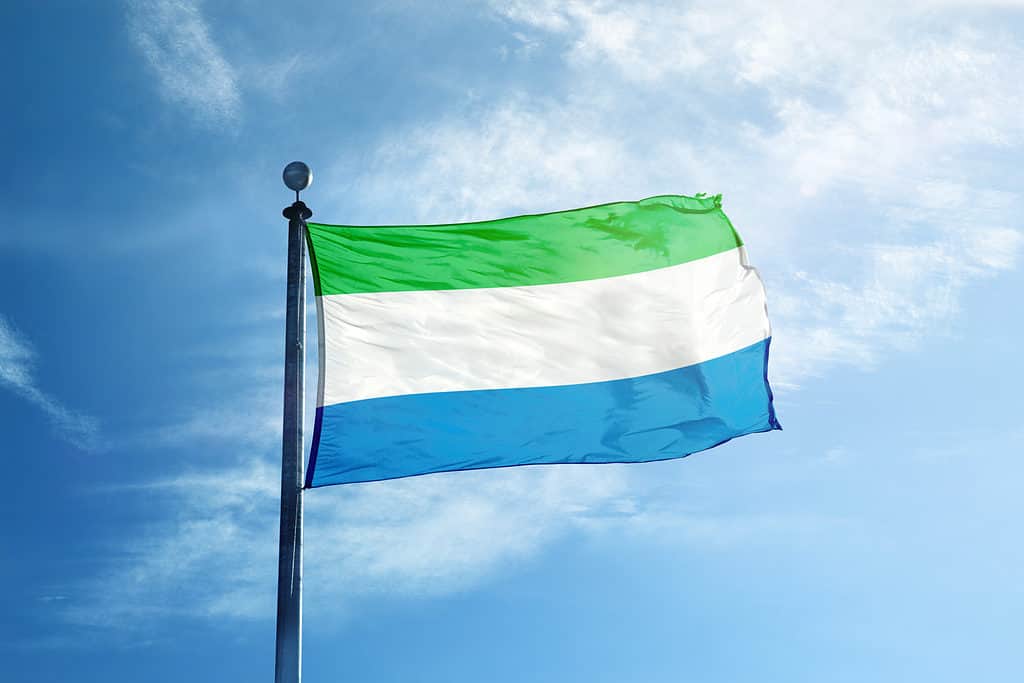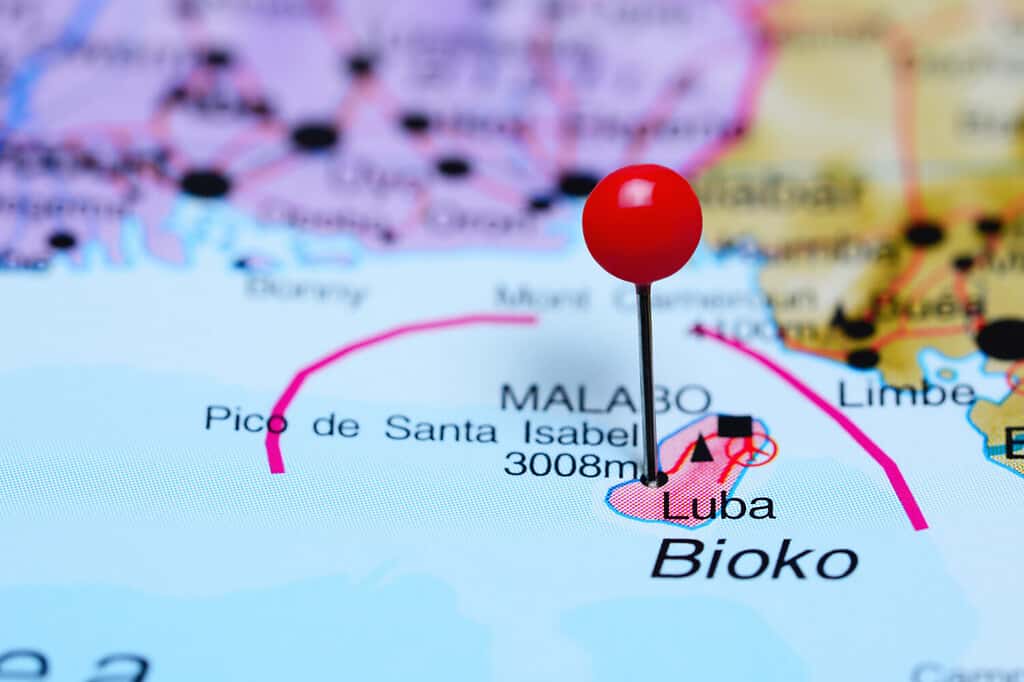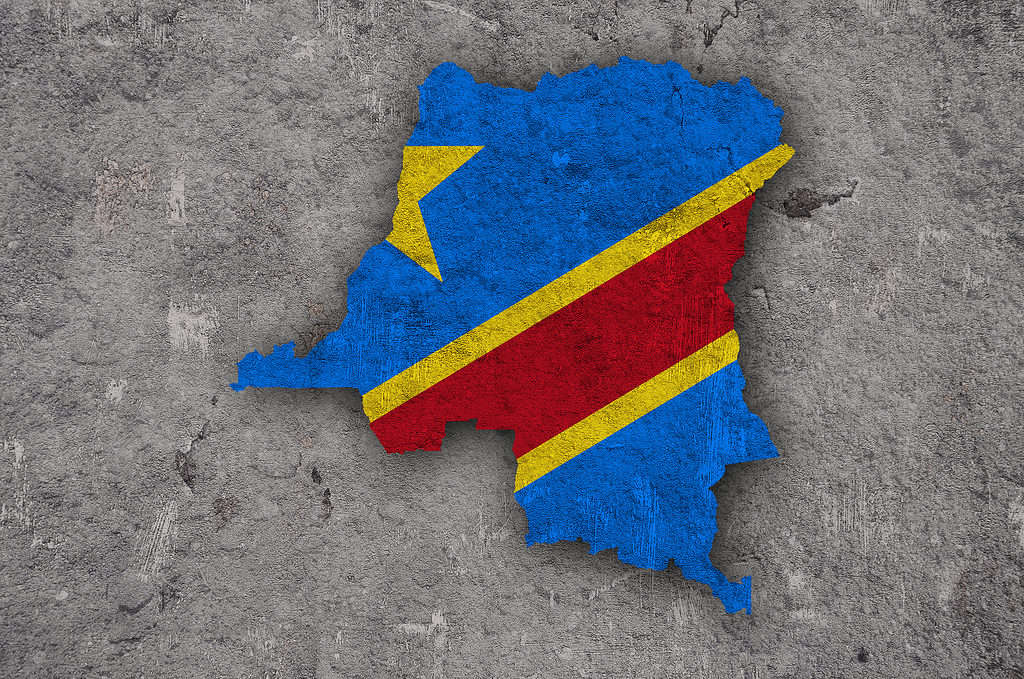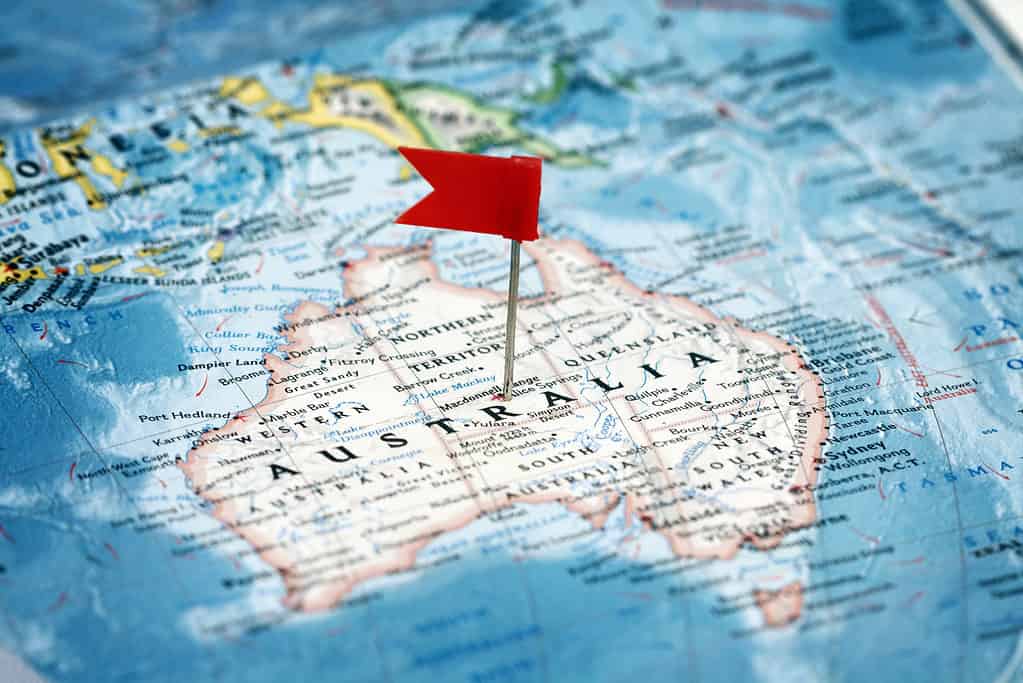Natural languages evolve gradually as cultures mix in their own pockets of the world. While it’s hard to pinpoint the exact beginning of a certain language because of its gradual evolution, educated estimations are possible. What are the 7 youngest languages in the world? We’ll go over them now.
7. Haitian Creole: 300 Years Old

Everyone in Haiti speaks Haitian Creole, but only 5 percent of the population speaks French.
©Tatohra/Shutterstock.com
Haitian Creole is a combination of French and Fongbe. As enslaved people were brought to the Caribbean to work plantations, Haitian Creole evolved within their communities as their native language co-mingled with colonization. Haiti was a French colony from 1659 to 1804, and during this time, French was the official language forced upon West African slaves.
Although French and Haitian Creole are the official languages of Haiti, only 5 percent of the population speaks French. However, all Haitians speak Haitian Creole. French was the only official language in Haiti until 1987, when Haitian Creole was officially recognized in the constitution.
French is formally taught in schools whereas Haitian Creole is spoken in homes. After Haitian independence in 1804, however, French has been the dominating language of government. Since the 1980s, Haitian Creole has been allowed in some formal situations, such as court proceedings, so that everyone can understand what is going on.
Since French is used in most formal settings, being able to speak French becomes a class distinction. While the majority of the Haitian population does not speak French, people who only speak Haitian Creole are interpreted as low-class and illiterate. This is a judgmental remnant of colonialism in that citizens have been taught to subvert their own culture in favor of European influence.
6. Krio: 230 Years Old

An English-based creole called Krio from Sierra Leone is only 230 years old.
©Creative Photo Corner/Shutterstock.com
Krio, also known as Sierra Leonean Creole, is the most popular language in Sierra Leone alongside English. Over 95 percent of Sierra Leone’s inhabitants speak Krio.
Between 1787 and 1885, a bit over 100 thousand freed slaves settled in Sierra Leone. They are called the Krios, and they brought their language to Sierra Leone when they arrived.
Krio is an English-based creole that is now spoken by millions, including the indigenous people of Sierra Leone. There are about 350 thousand people who speak Krio as a first language with the rest speaking it as a second or third language.
Its main influences are Jamaican Maroon Creole and African American Vernacular English with most of its words coming from the African languages of Igbo, Akan, and Yoruba. There are some French and Portuguese influences as well.
Since Krio was used by missionaries and traders in the 1800s, Krio also has pockets of speakers in Guinea, the Gambia, Nigeria, Senegal, Cameroon, and Equatorial Guinea. Krio influenced the development of Nigerian Pidgin English, Pichinglis, and Cameroonian Pidgin English. In the 1990s, Krio became the language of instruction in Sierra Leone’s primary schools.
5. Pichinglis: 195 Years Old

On Bioko, Pichinglis is a commonly used language.
©Dmitrijs Kaminskis/Shutterstock.com
Pichinglis is the Creole language spoken in Equatorial Guinea on the island of Bioko. It also goes by the name Fernando Po Creole English or Pichi. It diverged from Krio as its speakers remained in contact with Spanish speakers longer than they were influenced by English speakers.
Krios immigrants brought their language with them to Bioko in 1827, and Pichinglis evolved from there. Today, Pichinglis and Spanish are widely spoken on Bioko. In Equatorial Guinea as a whole, about 100 thousand people out of a million speak Pichinglis as a first or second language.
4. Lingala: 120 Years Old

30 million people speak Lingala as a primary language in and around the Democratic Republic of Congo.
©iStock.com/lantapix
Lingala is primarily spoken in the Democratic Republic of Congo though it also has a sizeable community of speakers in the Republic of Congo, the Central African Republic, Kenya, Angola, and South Sudan. Up to 65 million people speak Lingala, with about 30 million of those people using it as their primary language.
Lingala is based on a watered-down version of Bobangi created by Europeans called Bangala. Later missionaries didn’t like the pidgin-like nature of Bangala, so they began trying to change it to suit their tastes.
Today’s Lingala has roots in Bantu, Bobangi, Kikongo, Swahili, French, Portuguese, and English. The influence that these languages have on what parts of speech differ depending on the region. The main dialects are Kinshasa Lingala, northwestern Lingala, and Brazzaville Lingala.
3. Afrikaans: 100 Years Old

In South
Africa
, Afrikaans is one of 11 official languages.
©Greens and Blues/Shutterstock.com
Afrikaans developed from the vernaculars used by German, French, and Dutch settlers in South Africa. It also became the primary language of the enslaved people that these settlers held. Afrikaans is a West Germanic language that derives from Dutch with a Creole influence, though 95 percent of its vocabulary comes from Dutch.
It’s currently spoken by up to 23 million people in South Africa, Zimbabwe, Namibia, Botswana, and Zambia. About 7 million people in South Africa speak Afrikaans as a first language, though there are more native Xhosa and Zulu speakers. There are 11 official languages in South Africa, with English and Zulu being more common first and second languages than Afrikaans.
To some in South Africa, Afrikaans is a language associated with apartheid and seen as oppressive. During a time when 75 percent of female slaves in South Africa from all over the world were bearing the children of Dutchmen, Afrikaans developed as a means for this multicultural community to communicate. For a century or two, Afrikaans was seen as a primitive dialect of Dutch.
Afrikaans was finally recognized as an independent and legitimate language by the government in 1925. Today, it uses a Latin alphabet though during one point in its evolution, it was written in an Arabic script.
2. Australian Kriol: 50 Years Old

Sydney and Newcastle were places that encouraged the development of Kriol in Australia.
©anek.soowannaphoom/Shutterstock.com
Australian Kriol developed in New South Wales, Australia, around Newcastle and Sydney as an English-based creole language. After 1870, a mixture of Chinese and English speakers in the Northern Territory developed pidgin languages to speak with each other and with Aboriginal people.
As settlers stole lands from Aboriginal people, the Aboriginal groups began coming together. This combined with the influences of missionaries in the area spurred the development of a common language which became Kriol.
Kriol probably began a little after 1900. However, it wasn’t officially recognized as a separate language from English until the 1970s.
There are various dialects of Kriol. They are called Roper River Kriol, Daly River Kriol, Bamyili Kriol, Barkly Kriol, and Fitzroy Valley Kriol.
Kriol literacy is low because there’s a tendency for Kriol speakers to be interpreted as bad English speakers by Australians. This bias denies them the opportunity to learn English properly and bars them from learning to read Kriol. However, since oral traditions are strong in these aboriginal communities, there isn’t a huge push to demand the right to a written Kriol education.
1. Light Warlpiri: 50 Years Old

In Lajamanu, Australia, young people have developed Light Warlpiri from the languages around them.
©iStock.com/AlexKosev
Light Warlpiri has developed into an independent language among Warlpiri children in Lajamanu, Australia. It mixes Kriol verbs with Walpiri sentence structures while utilizing English nouns. Light Walpiri also makes use of suffixes that have never been used in any of its root languages.
It is a consistently distinct language from what the adults in the community speak. Its emergence occurred sometime between 1970 and 1980 as a result of the cultural convergence of Aboriginal Australian life and Western influences.
Like the other languages on this list, under the pressures of outside influence, aboriginal cultures begin mixing the language systems around them. In this specific community, this mixing has resulted in a solidly independent language among the youngest in the community that is predicted to endure.
| Language | Age of Language | Main Country of Origin | |
|---|---|---|---|
| 1 | Light Warlpiri | 50 Years Old | Australia |
| 2 | Australian Kriol | 50 Years Old | Australia |
| 3 | Afrikaans | 100 Years Old | South Africa |
| 4 | Lingala | 120 Years Old | Democratic Republic of Congo |
| 5 | Pichinglis | 195 Years Old | Bioko of Equatorial Guinea |
| 6 | Krio | 230 Years Old | Sierra Leone |
| 7 | Haitian Creole | 300 Years Old | Haiti |
Thank you for reading! Have some feedback for us? Contact the AZ Animals editorial team.








